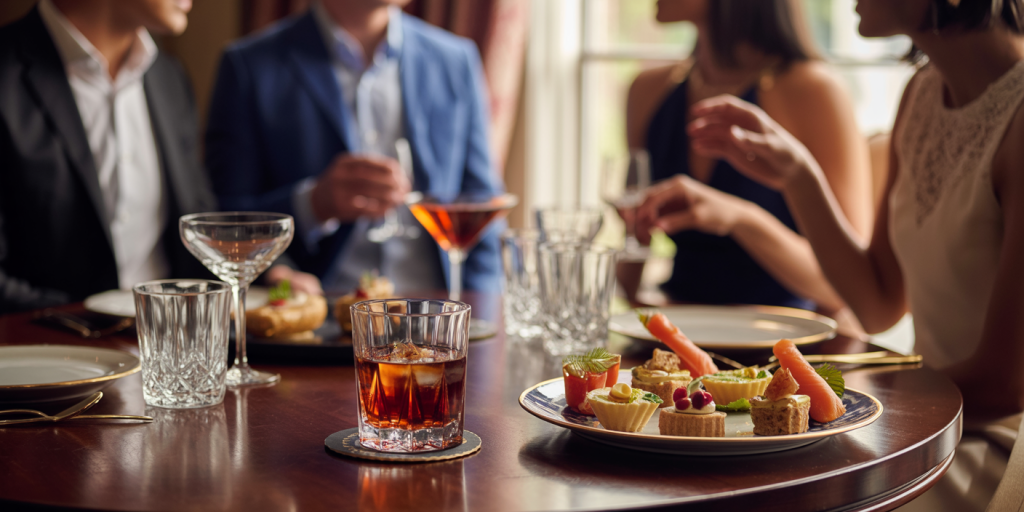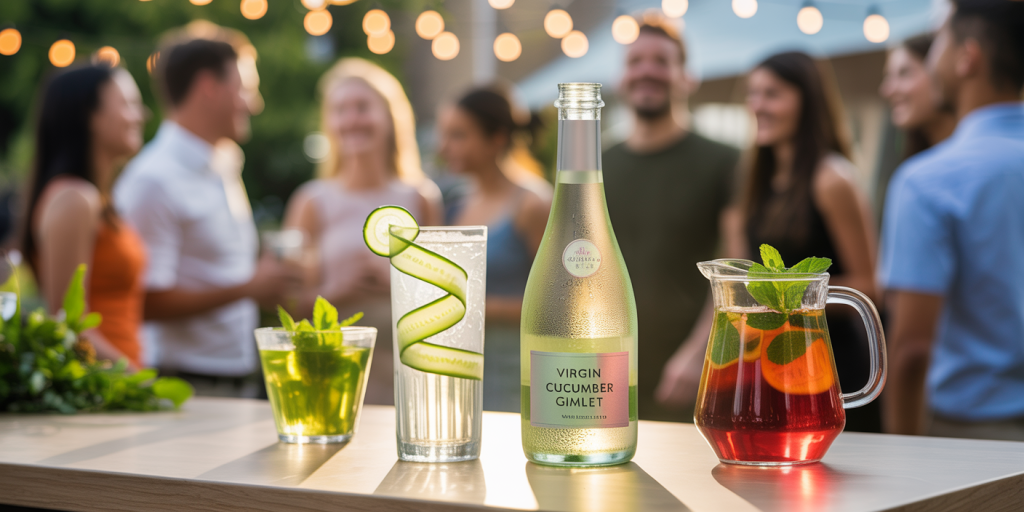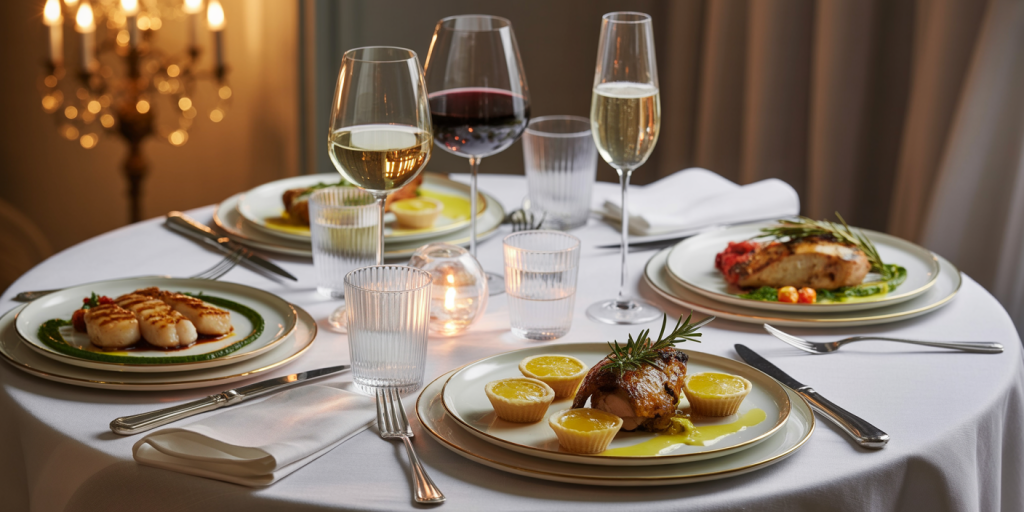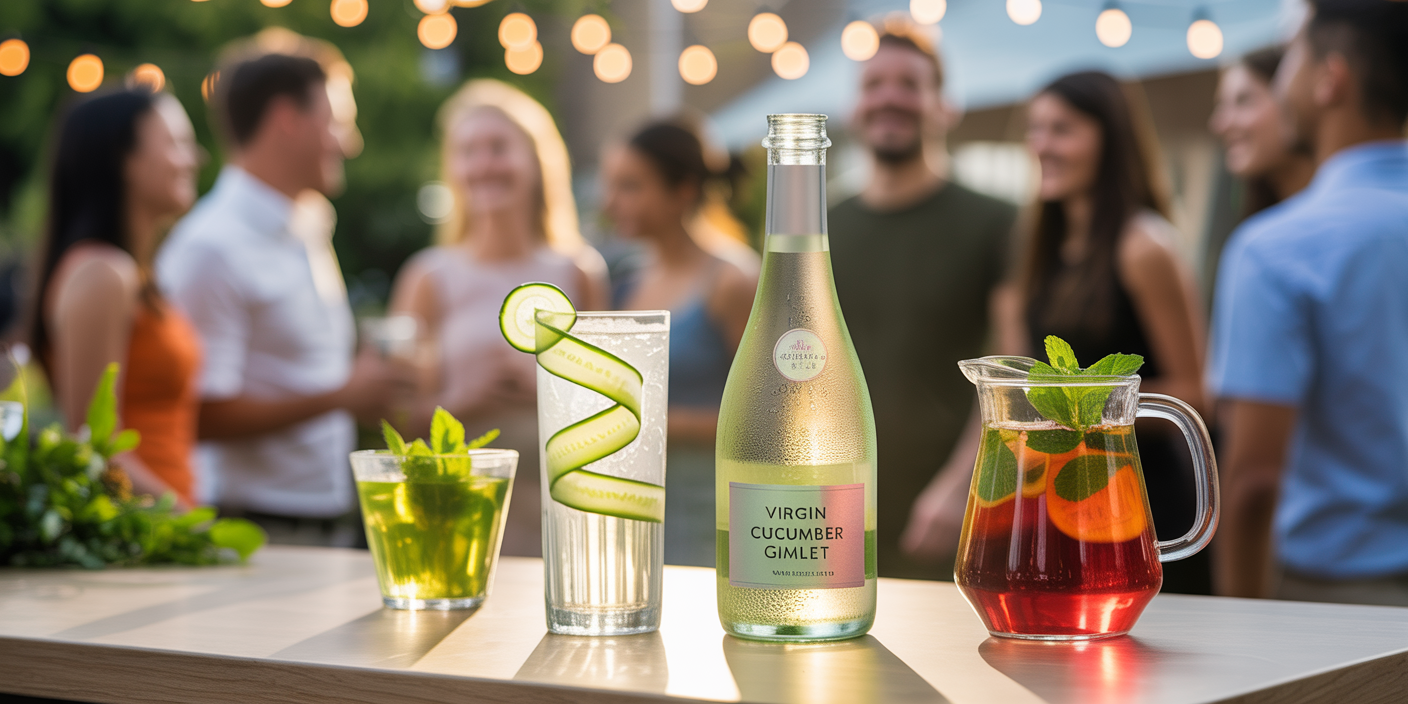Hosting a dinner party is an art, balancing impeccable food, engaging conversation, and a well-curated drink selection. Serving the right beverages can elevate the entire experience and leave a lasting impression on guests. Whether your gathering is formal or casual, alcoholic or non-alcoholic, knowing what drinks resonate with your audience adds sophistication and enjoyment. This article dives deep into must-have drinks for dinner parties, blending tradition, trends, and expert recommendations to help you impress every time.
The Role of Drinks in Dinner Party Success
Drinks do more than accompany food; they set the tone for the evening. According to a 2022 survey by the National Restaurant Association, 75% of guests rate the beverage selection as a crucial factor in their overall dining satisfaction. Therefore, your choice of drinks influences social interaction, mood setting, and culinary enjoyment. From aperitifs welcoming guests to digestifs rounding off the meal, each drink stage plays a vital role.
In practice, pairing drinks with food enhances flavors and complements textures. For example, a classic French dinner might begin with a crisp Champagne aperitif, paired with light hors d’oeuvres like gougères. This stimulates appetite without overwhelming the palate. Throughout the meal, wines or craft cocktails matching each course underscore the host’s attention to detail and provide guests with a memorable sensory journey. Fail to maintain this harmony, and even the best dishes may fall flat.
Classic Cocktails That Never Fail
Timeless cocktails remain a go-to for hosts wanting a polished impression. Drinks like the Old Fashioned, Negroni, and Martini have withstood decades due to their balanced flavor profiles and universal appeal. Offering classic cocktails gives guests a recognizable and sophisticated drink option while also showcasing your bartending skills.

Take the Negroni, for example — equal parts gin, Campari, and sweet vermouth create a bittersweet complexity perfect for pre-dinner sipping. According to a 2023 report by the Drinks International magazine, Negroni sales increased by 12% globally, reflecting growing consumer interest in classic aperitifs. Crafting this cocktail fresh with quality ingredients rather than premixed bottles signals a refined hosting approach. Likewise, the clean, crisp Martini, whether gin or vodka-based, can be customized to individual preferences (dry, dirty, or with a twist), catering to diverse palates.
Compared to many modern concoctions that can overwhelm with sweetness or gimmicks, classic cocktails stand out for their elegance and reliability. They lend a level of formality that’s perfect for upscale dinner parties or any setting where an impression matters.
| Cocktail | Key Ingredients | Best Served With | Approximate Preparation Time |
|---|---|---|---|
| Negroni | Gin, Campari, Sweet Vermouth | Charcuterie or cheese boards | 3 minutes |
| Old Fashioned | Bourbon or Rye Whiskey, Bitters | Grilled meats or smoked dishes | 5 minutes |
| Martini | Gin or Vodka, Dry Vermouth | Oysters, seafood, light salads | 2 minutes |
Innovative Non-Alcoholic Options for Inclusive Hosting
Non-alcoholic beverages are gaining enormous popularity; the global non-alcoholic beverage market grew by 7% in 2023 (Statista). Increasingly, guests appreciate sophisticated mocktails and alcohol-free wines or beers that don’t compromise on taste or style. Including standout zero-proof drinks ensures that all guests, including those who don’t drink or prefer moderation, feel included.
Consider the Virgin Cucumber Gimlet — a refreshing mix of fresh cucumber juice, lime, and simple syrup, garnished with mint leaves. It’s light, healthy, and elegant, suitable for the start of a meal or during casual mingling. Similarly, alcohol-free sparkling wines can create a celebratory mood while accommodating diverse preferences.
Studies show that 29% of U.S. adults aged 21–34 identify as “sober curious” (NielsenIQ, 2023), signaling a growing demand for thoughtful non-alcoholic options. Serving these alongside traditional beverages demonstrates an understanding of modern drinking culture and inclusivity.
| Non-Alcoholic Drink | Main Ingredients | Flavor Profile | Ideal Timing |
|---|---|---|---|
| Virgin Cucumber Gimlet | Cucumber juice, lime, mint | Crisp, tart, refreshing | Aperitif or mid-day |
| Alcohol-free Sparkling Wine | Grapes, carbonation | Dry, bubbly | Toasts and celebrations |
| Herbal Iced Tea | Hibiscus, chamomile, honey | Floral, slightly sweet | Throughout the evening |
Wine Selections: Mastering the Food Pairing

The relationship between wine and food is well-documented, with successful pairings amplifying the dining experience. A 2021 study from Wine Enthusiast showed that 82% of dinner party hosts prioritized wine pairings to enhance guest satisfaction. For hosts looking to impress, understanding which wines complement different dishes can be a game-changer.

For starters, whites like Sauvignon Blanc or Riesling pair brilliantly with seafood starters, offering acidity and freshness to balance richness. Red wines such as Pinot Noir or Cabernet Sauvignon suit heartier fare — roasted meats or mushroom-heavy dishes — introducing tannins and earthy undertones. Sparkling wines, such as Champagne or Prosecco, serve as versatile aperitifs and palate cleansers.
In a real-world example, Chef Thomas Keller’s renowned dinner parties emphasize wine pairings with a scientific finesse, switching wines not only to complement flavors but also according to the progression of courses. This practice leaves guests appreciating the multidimensional layers of flavor.
| Wine Type | Primary Flavors | Food Pairing Examples | Serving Temperature |
|---|---|---|---|
| Sauvignon Blanc | Citrus, herbaceous | Shellfish, goat cheese | 45-50°F (7-10°C) |
| Pinot Noir | Red fruits, earthy | Duck, grilled vegetables | 55-60°F (13-16°C) |
| Champagne | Yeasty, citrus, toasted | Appetizers, light desserts | 43-48°F (6-9°C) |
Crafting Signature Cocktails: Personal Touches That Wow
While classics provide security, creating a signature cocktail can distinguish your dinner party and express your personal style. Signature drinks engage guests’ curiosity and contribute to the event’s unique narrative. Consider using seasonal ingredients, local spirits, or trends like botanical infusions to highlight your creativity.
For example, during a summer garden party, a Lavender Honey Gin Fizz made with lavender syrup, local honey, and fresh lemon juice served over sparkling water can create an aromatic and lightly sweetened drink. This not only refreshes guests but also pairs beautifully with light, herb-infused dishes.
An emerging trend in 2024 shows a 15% rise in cocktails incorporating edible flowers and artisanal bitters (Bartenders’ Guild Report), confirming their appeal as both flavor boosters and aesthetic highlights. Hosting a cocktail-making mini-session during the evening can also engage guests, making the drink experience interactive and memorable.
| Signature Ingredient | Usage Example | Flavor Contribution | Appeal Factor |
|---|---|---|---|
| Edible Flowers | Garnishes or infusions | Floral, aromatic | Visual and taste appeal |
| Artisanal Bitters | Dash in cocktails | Complexity, depth | Unique flavor layering |
| Local Honey | Sweetener | Natural sweetness | Supports local producers |
Future Perspectives: The Evolution of Dinner Party Drinks
Looking ahead, drinks at dinner parties will continue evolving, driven by shifts in consumer behavior, sustainability, and technology. One key trend is the rise of eco-conscious beverages, including organic wines, low-impact cocktails, and house-made syrups from homegrown botanicals. Hosts aiming to impress will increasingly source locally and emphasize transparency around ingredients.
Another expected development is integration of smart technology in bartending — from app-enabled mixers to AI-powered flavor recommendations — allowing hosts to customize drink profiles on the fly, ensuring precision and variety. Data from the 2024 Beverage Trends Report predicts that 40% of upscale dining establishments will adopt smart cocktail solutions by 2026.
Virtual dinner parties also present new challenges and opportunities. Drinks curated for group video gatherings may focus on ease of preparation and crowd-pleasing flavors that translate well remotely. This hybrid hosting model will redefine how drinks contribute to social connectivity.
Lastly, health trends will see continued growth in functional beverages rich in adaptogens, vitamins, or probiotics, aligning wellness with indulgence at social events.
Mastering drinks to impress at dinner parties is about balancing tradition with innovation, inclusivity with exclusivity, and taste with presentation. By thoughtfully selecting beverages—whether classic cocktails, paired wines, or creative mocktails—hosts can craft experiences that resonate deeply with guests. The future will reward those who embrace sustainability, technology, and evolving consumer preferences, making drink selection an exciting frontier in hospitality. Ultimately, the right drinks turn a simple meal into an unforgettable celebration of taste and togetherness.

Deixe um comentário